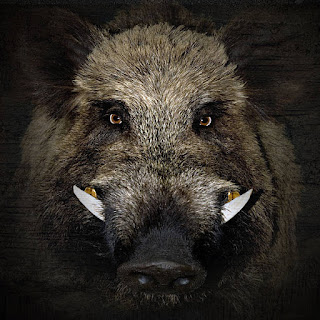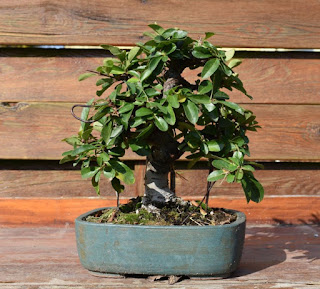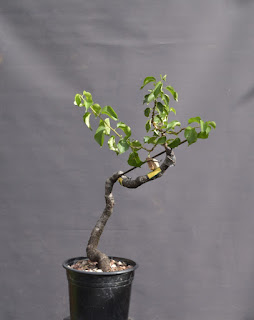Yamadori pests_part two

In the first part I have got even with the first group of potential yamadori pests. In this second part I am going to deal with the second group - wild boars. WILD BOARS When it comes to the wild boars my oldest recollections go well back to my early childhood. The first one is linked to the tragic accident - a local hunter has by mistake shot dead his son while they were hunting for wild boars. The second one is a moral often repeated by my parents and grandparents - never ever touch the youngs of wild animals especially small piglets - their mother can kill you. So since that time I remember. Wild pig = Danger. But is that really so? I have met a herd of wild pigs many times. Well to be honest, most of the times I have only smelled their typical odour while they were laying in the cover or they were sneaking away from me. Quite often I can hear only a rattle of broken branches or rolling stones and sometimes I can spot black tail ends disappearing in th


